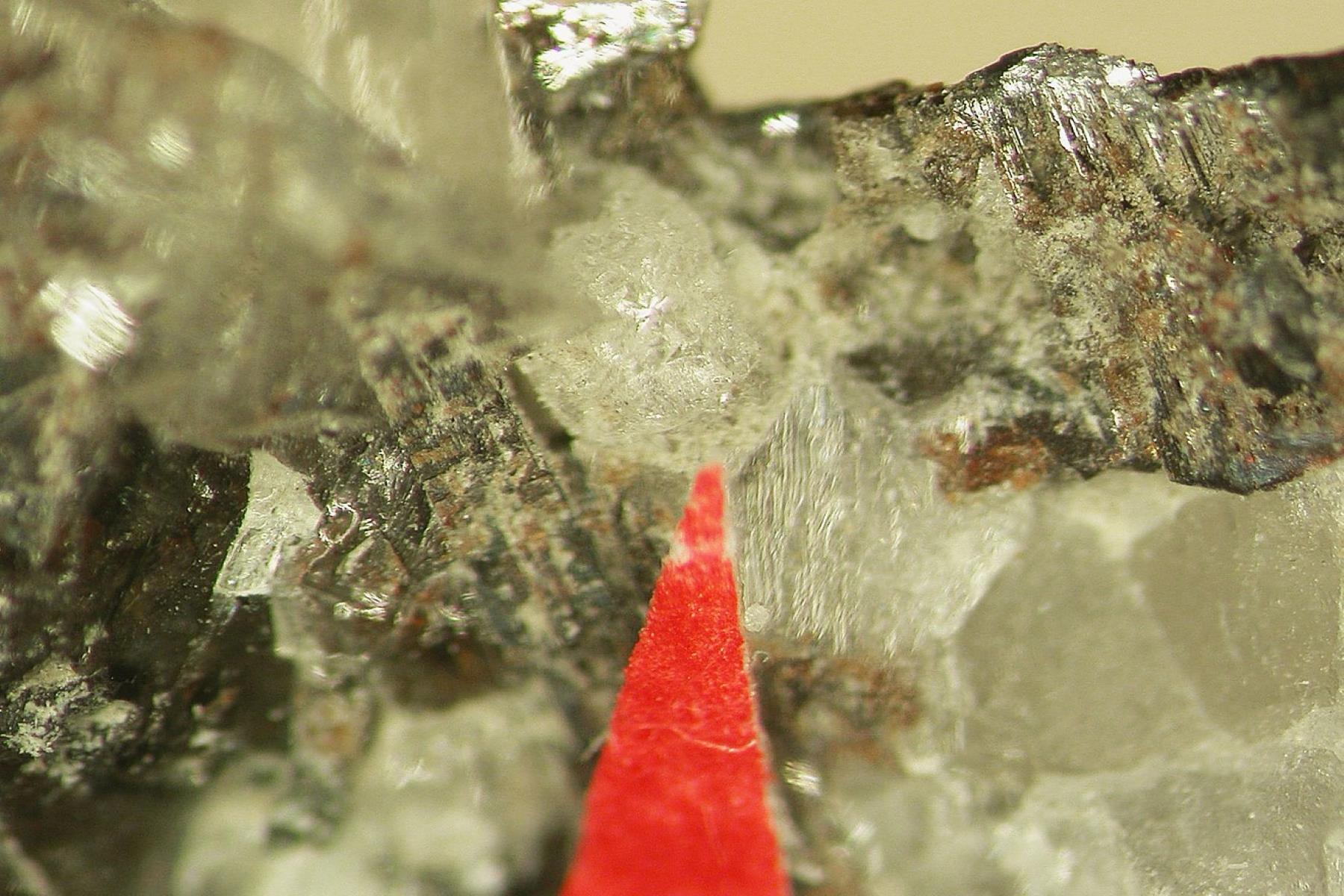
Arctic terns are fascinating birds known for their incredible migratory journeys. These small seabirds travel from the Arctic to the Antarctic and back each year, covering around 44,000 miles. Why do they undertake such epic voyages? The answer lies in their quest for continuous daylight, which helps them find food and avoid predators. Arctic terns are also known for their striking appearance, with sleek, white bodies, long tail feathers, and bright red beaks. They can live up to 30 years, making their lifetime travel distance equivalent to flying to the moon and back three times! What else makes these birds so special? Their remarkable navigation skills, ability to dive for fish, and strong family bonds are just a few reasons why Arctic terns captivate bird enthusiasts worldwide.
Key Takeaways:
- Arctic ice is a vital habitat for unique wildlife like polar bears and seals. Its preservation is crucial for maintaining Earth's climate balance and supporting diverse ecosystems.
- Climate change is causing significant changes in Arctic ice extent and thickness. Understanding its current state and trends can help us make informed decisions to protect this fragile environment.
Arctic Ice: Nature's Frozen Wonder
Arctic ice is a fascinating and crucial part of our planet's ecosystem. It plays a significant role in regulating the Earth's climate and supporting unique wildlife. Here are some intriguing facts about Arctic ice that highlight its importance and beauty.
- Arctic ice covers an area of about 5.4 million square miles during its peak in winter.
- The Arctic Ocean is almost completely surrounded by land, which helps trap the ice.
- Sea ice in the Arctic can be up to 13 feet thick in some areas.
- The ice acts as a reflective shield, bouncing sunlight back into space and helping cool the Earth.
- Arctic ice is home to polar bears, seals, and other unique wildlife that depend on it for survival.
The Science Behind Arctic Ice
Understanding the science of Arctic ice helps us appreciate its complexity and the challenges it faces. Here are some scientific facts about Arctic ice.
- Sea ice forms when ocean water freezes, which happens at around 28.8°F (-1.8°C).
- Unlike freshwater ice, sea ice contains brine pockets, making it less dense.
- Multiyear ice, which survives more than one melting season, is thicker and more resilient than first-year ice.
- The Arctic ice pack is constantly moving due to winds and ocean currents.
- Scientists use satellites to monitor Arctic ice extent and thickness.
Climate Change and Arctic Ice
Climate change has a profound impact on Arctic ice, leading to significant changes in its extent and thickness. Here are some facts about how climate change affects Arctic ice.
- Arctic ice extent has been declining at a rate of about 13% per decade since the late 1970s.
- The summer of 2012 saw the lowest Arctic ice extent on record.
- Thinner ice is more susceptible to melting, leading to a feedback loop that accelerates ice loss.
- Melting Arctic ice contributes to rising sea levels, affecting coastal communities worldwide.
- Reduced ice cover can lead to more extreme weather patterns, such as colder winters in some regions.
Wildlife and Arctic Ice
Arctic ice is a vital habitat for many species. The following facts highlight the relationship between wildlife and Arctic ice.
- Polar bears rely on sea ice to hunt seals, their primary food source.
- Walruses use ice floes as resting platforms between feeding bouts.
- Arctic foxes follow polar bears to scavenge leftover prey.
- Seals give birth on the ice, providing a safe environment for their pups.
- Some species of algae grow on the underside of sea ice, forming the base of the Arctic food web.
Human Impact on Arctic Ice
Human activities have both direct and indirect effects on Arctic ice. Here are some facts about how humans impact this fragile environment.
- Shipping routes through the Arctic are becoming more accessible due to melting ice.
- Oil and gas exploration in the Arctic poses risks to the ice and its ecosystems.
- Black carbon from industrial activities can settle on ice, reducing its reflectivity and accelerating melting.
- Indigenous communities in the Arctic rely on ice for traditional hunting and transportation.
- International agreements, like the Paris Agreement, aim to reduce greenhouse gas emissions and protect Arctic ice.
The Future of Arctic Ice
The future of Arctic ice is uncertain, but understanding its current state and trends can help us make informed decisions. Here are some facts about the future of Arctic ice.
- Some models predict that the Arctic could be ice-free in summer by 2040.
- Efforts to reduce global warming could slow the rate of ice loss.
- Scientists are studying ways to artificially thicken ice, such as using wind-powered pumps to bring colder water to the surface.
- Protecting Arctic ice requires global cooperation and commitment to reducing carbon emissions.
- Public awareness and education about the importance of Arctic ice can drive positive change.
Fun Facts About Arctic Ice
Arctic ice is not just important; it's also fascinating and full of surprises. Here are some fun facts about Arctic ice.
- Icebergs, which break off from glaciers, can be as large as small countries.
- The Arctic ice cap is so vast that it contains about 10% of the world's freshwater.
- Some Arctic ice is over 100,000 years old, providing a historical record of Earth's climate.
- The Northern Lights, or Aurora Borealis, are often visible from the Arctic, creating stunning displays over the ice.
- Arctic ice can emit eerie sounds as it cracks and shifts, known as "ice singing."
Arctic ice is a crucial and captivating part of our planet. Its preservation is vital for maintaining Earth's climate balance and supporting unique ecosystems.
Final Thoughts on Arctic Tundra Facts
The Arctic tundra is a fascinating and unique ecosystem. From its extreme temperatures to its diverse wildlife, there's so much to learn. This region is home to polar bears, arctic foxes, and migratory birds that brave the harsh conditions. The permafrost and short growing seasons make plant life rare but resilient. Human activities and climate change pose significant threats, making conservation efforts crucial. Understanding these facts helps us appreciate the delicate balance of life in the Arctic tundra. Whether you're a student, a nature enthusiast, or just curious, these facts offer a glimpse into one of Earth's most intriguing environments. Keep exploring and learning about the world around you!
Frequently Asked Questions
Was this page helpful?
Our commitment to delivering trustworthy and engaging content is at the heart of what we do. Each fact on our site is contributed by real users like you, bringing a wealth of diverse insights and information. To ensure the highest standards of accuracy and reliability, our dedicated editors meticulously review each submission. This process guarantees that the facts we share are not only fascinating but also credible. Trust in our commitment to quality and authenticity as you explore and learn with us.


